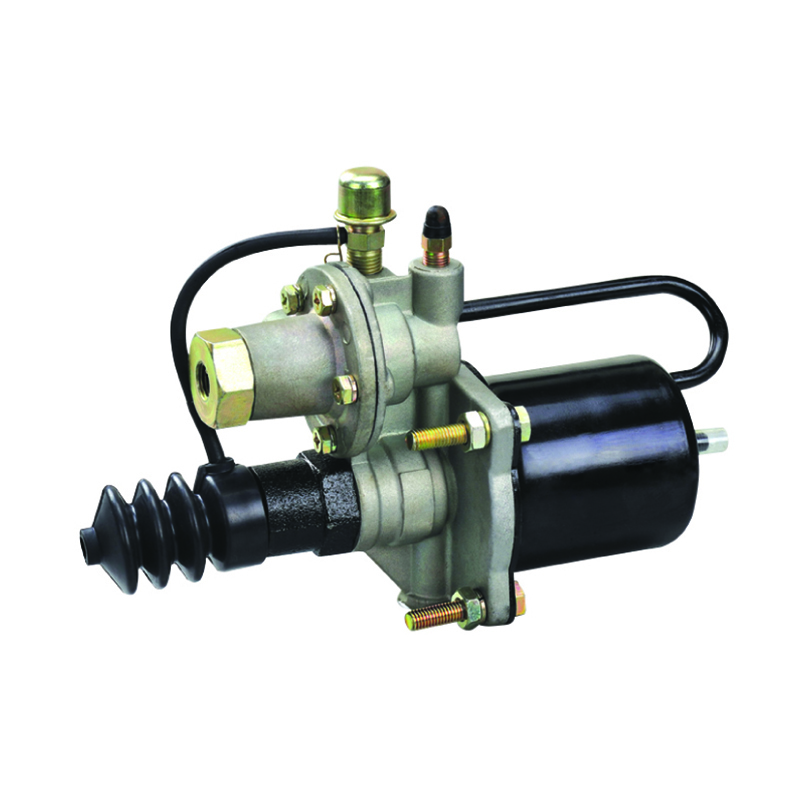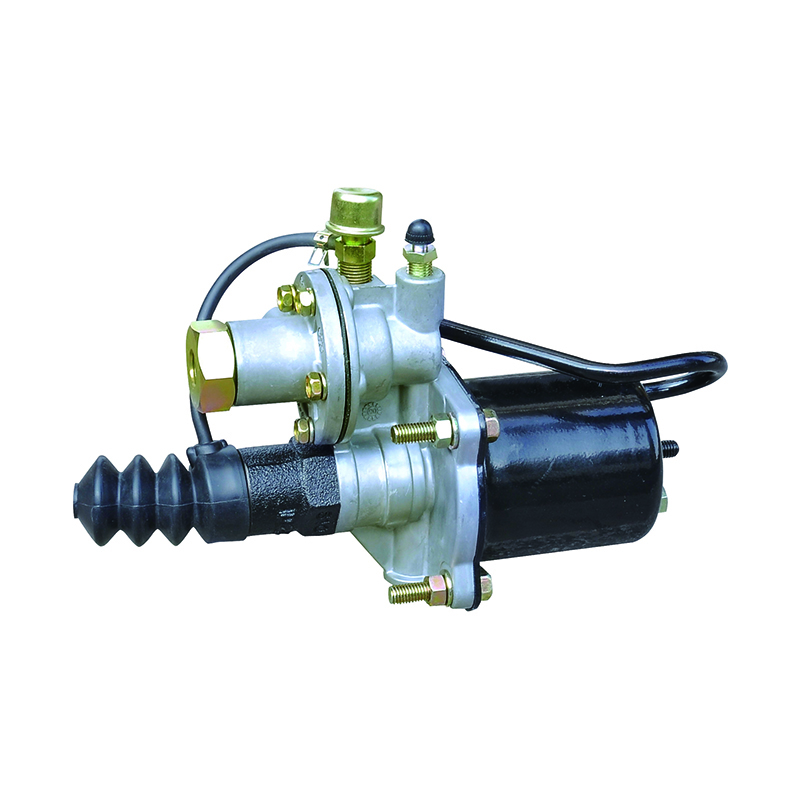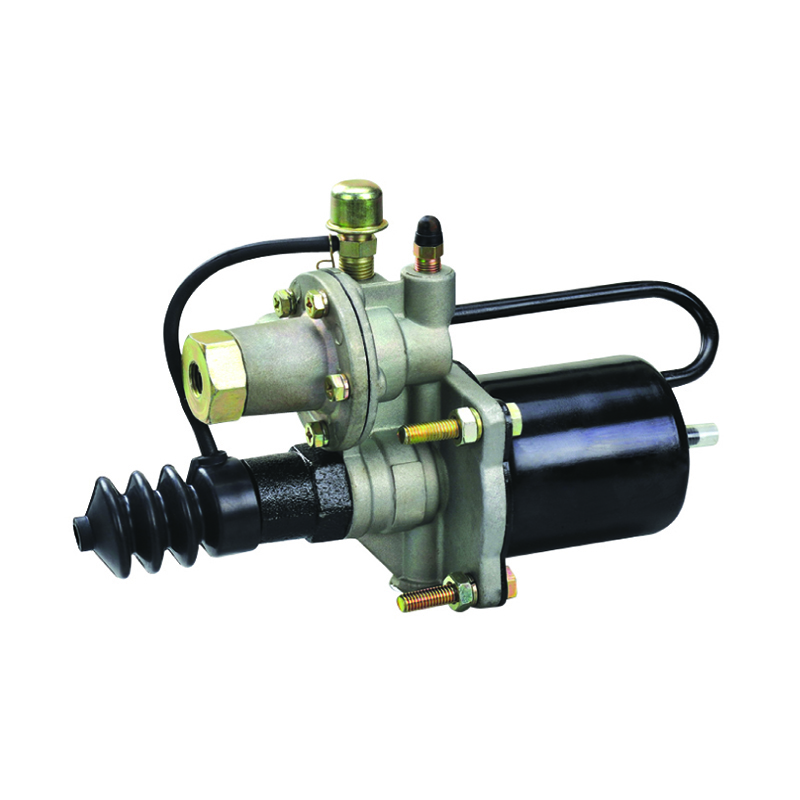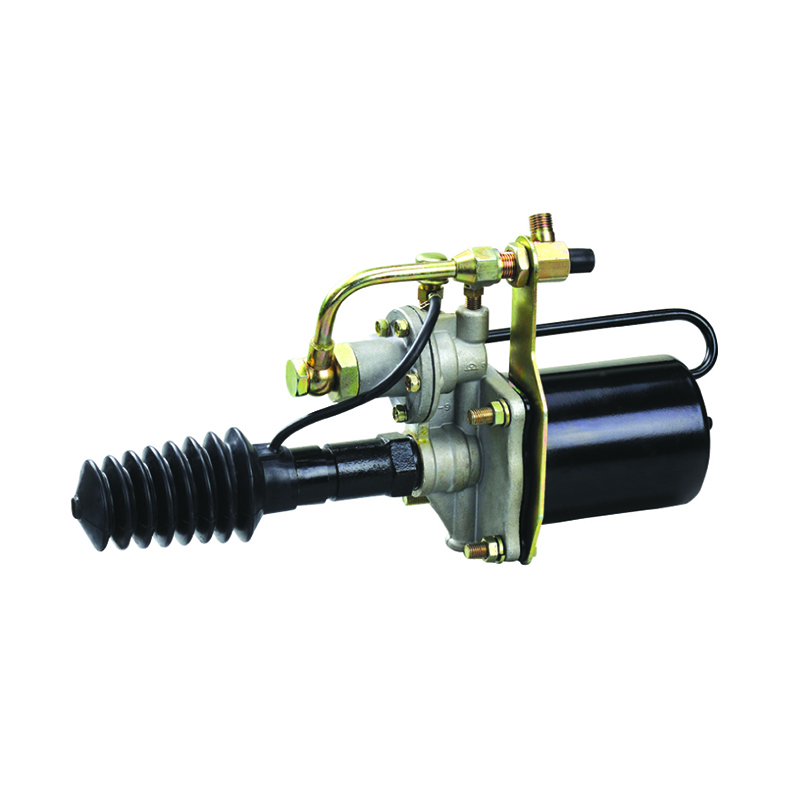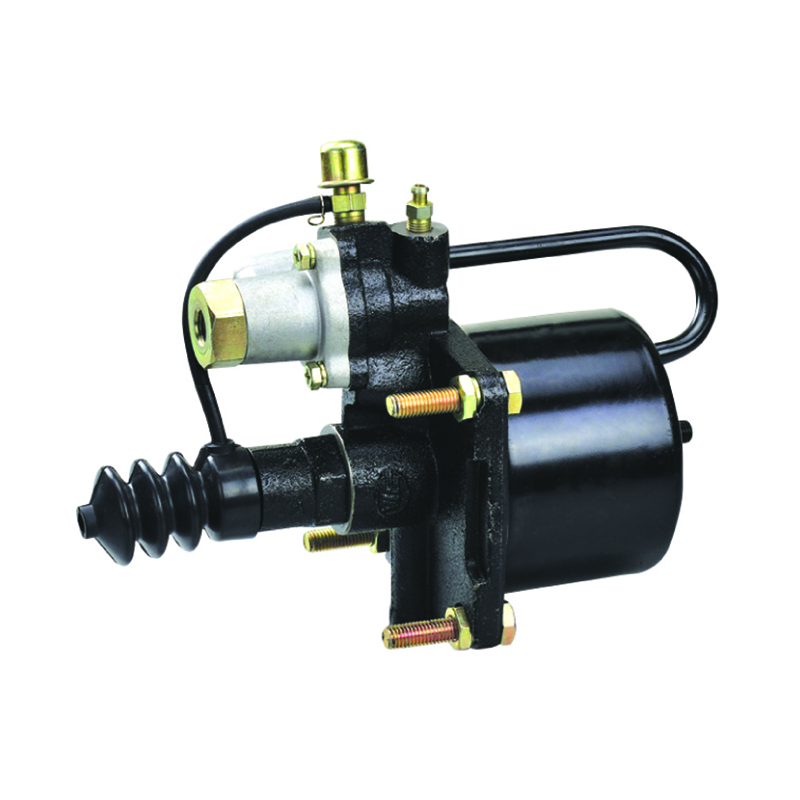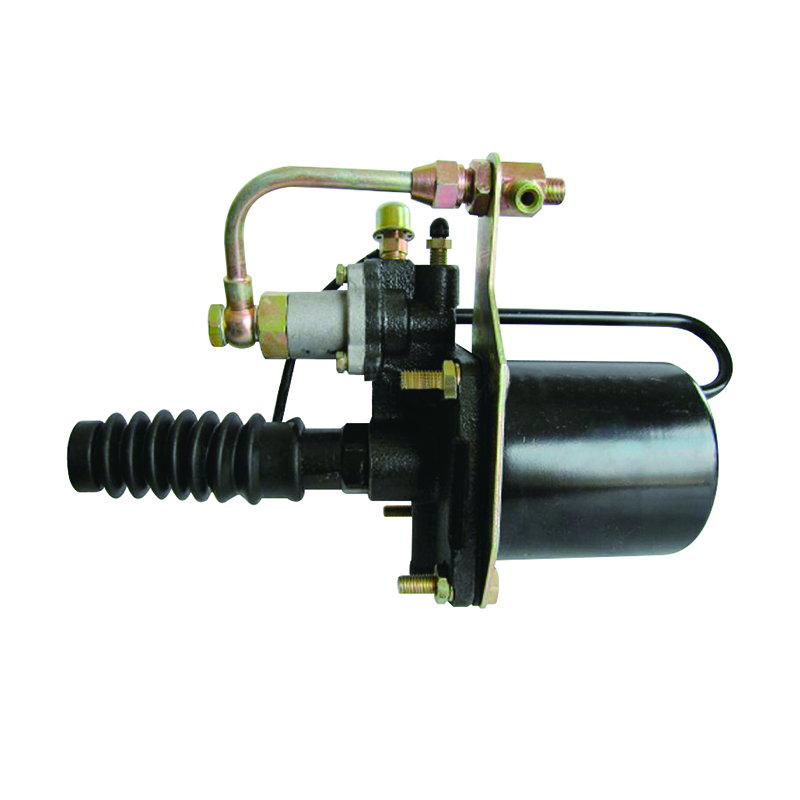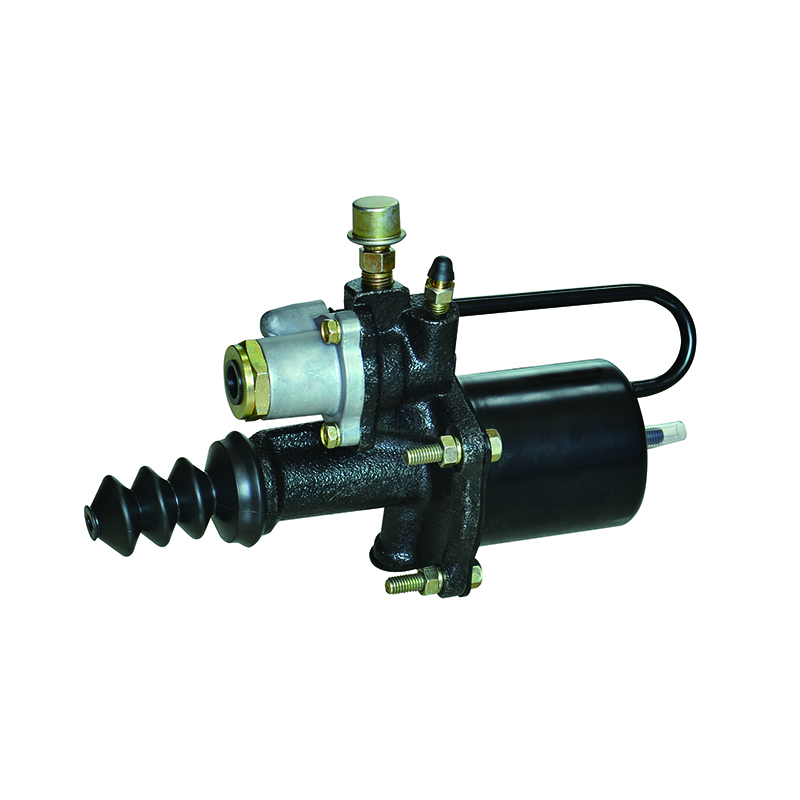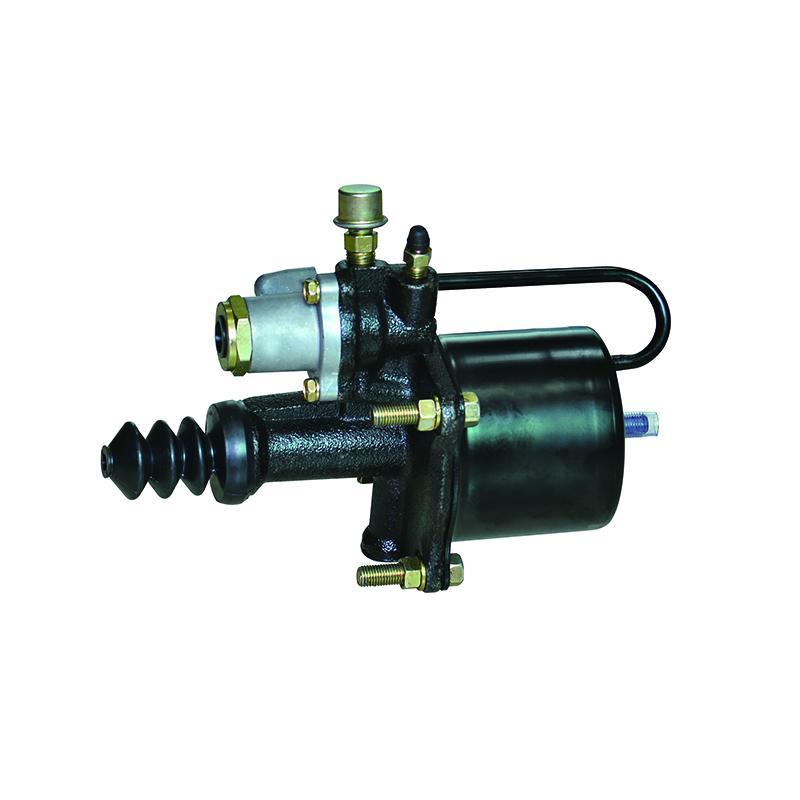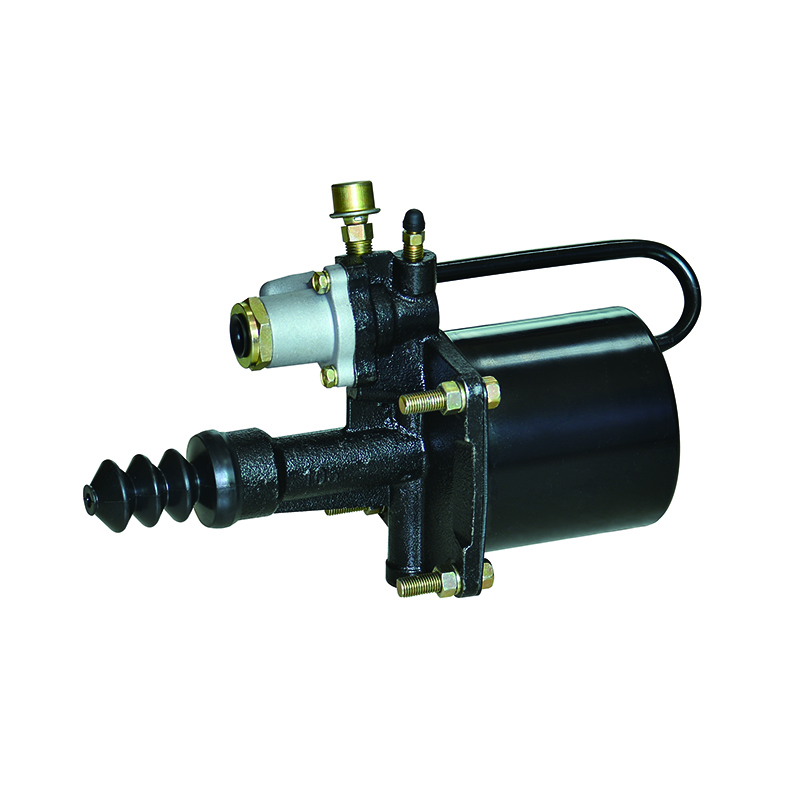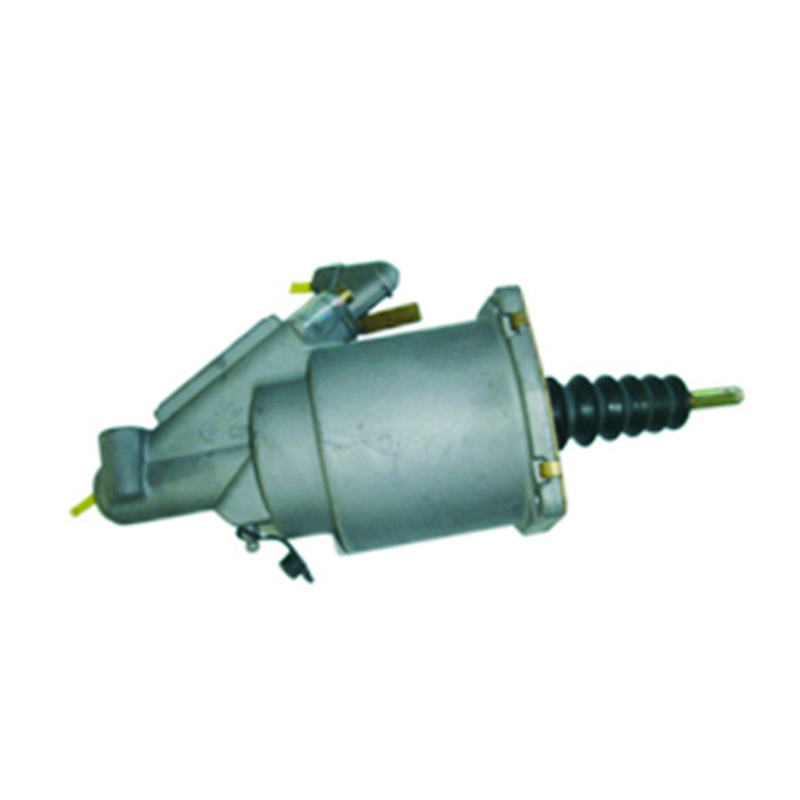For exclusive deals and latest offers, signup by entering your email address below.
Maintenance and Troubleshooting of Spring Brake Chambers
Ensuring the proper maintenance and effective troubleshooting of spring brake chambers is paramount for the optimal functioning and safety of a vehicle's braking system, particularly in heavy-duty vehicles like trucks and buses. Spring brake chambers serve a critical role in engaging the brakes in the event of air pressure loss within the braking system, facilitating a safe stop. This article provides comprehensive guidance on how to maintain and troubleshoot spring brake chambers effectively.
Regular inspections are essential to identify any leaks, damage, or wear and tear, including signs of corrosion or rust that could compromise the chamber's functionality. Lubrication is vital for ensuring smooth operation and longevity of the moving parts. Adhering to the manufacturer's recommended lubrication schedule is crucial.
Regular seal checks help ensure that the seals and diaphragms remain intact and free from any damage. Maintaining the correct spring tension within the manufacturer-specified range is critical for maintaining the appropriate brake force. Keeping the chambers clean and free from debris, dirt, or contaminants is necessary for optimal performance.
Proper adjustment of the pushrod stroke and brake shoe clearance according to the manufacturer's specifications is crucial. Regular brake tests should be conducted to validate that the spring brake chambers engage and release as intended, adhering to safety standards.
In cases of air leaks, a thorough inspection of the chamber, hoses, valves, or fittings is necessary. Tightening loose connections and replacing damaged components help mitigate the issue. Brake dragging can be prevented by checking for excessive pushrod travel or incorrect brake adjustments. Ensuring the pushrod stroke and brake shoe clearance are within specified limits is essential.
Ineffective braking may be due to damaged or worn diaphragms, springs, or other internal components. Regular inspection and timely replacement of worn or damaged parts, along with proper lubrication, can enhance braking efficiency. Addressing signs of corrosion or rust promptly by cleaning affected areas and applying suitable anti-corrosive solutions or coatings is crucial. Severely affected components should be replaced.
In cases of a sticking brake, thorough inspection for obstructions or debris hindering pushrod movement is necessary. Cleaning and lubricating the affected areas can address this issue. Confirming that the spring brake chambers are the correct size and rating for the specific vehicle and ensuring correct installation and alignment of components can prevent inconsistent braking.
Visibly damaged spring brake chambers should be replaced immediately to prevent potential brake failure and ensure overall vehicle safety. Regular maintenance, timely troubleshooting, and strict adherence to manufacturer guidelines are imperative for the effective functionality and safety of spring brake chambers. If uncertainties arise regarding any maintenance or troubleshooting procedure, seeking guidance from a qualified mechanic or referring to the manufacturer's official recommendations is highly advisable.

 English
English 中文简体
中文简体
